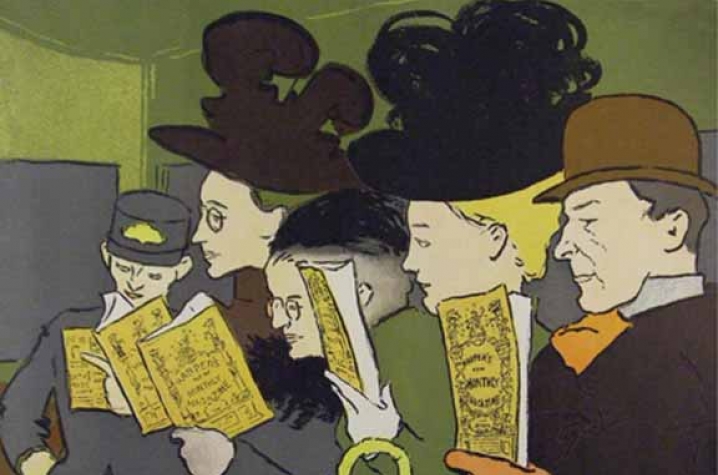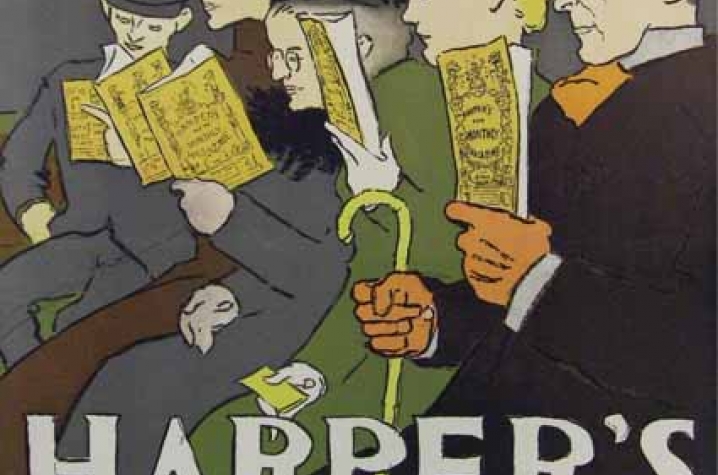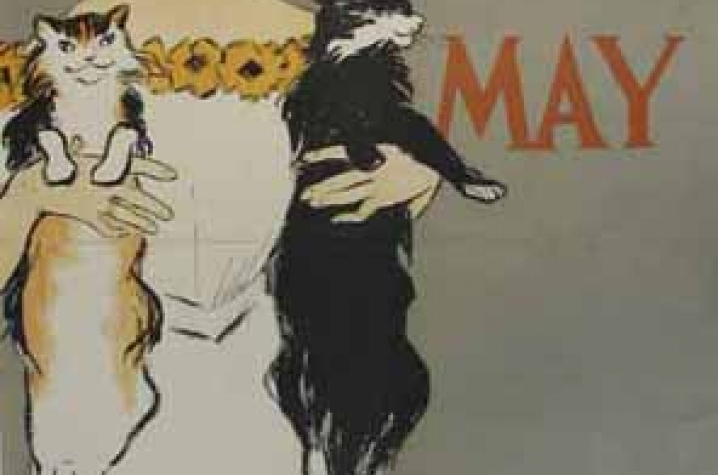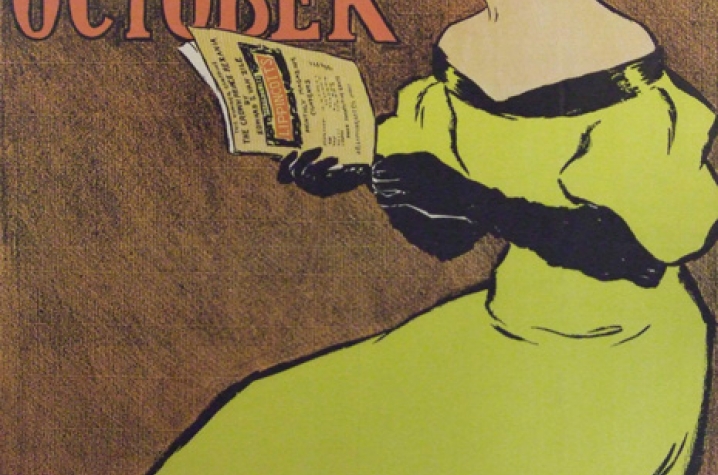Museum 'POSTS IT' in Magazine Art Exhibit
LEXINGTON, Ky. (Jan. 6, 2010) - The Art Museum at the University of Kentucky is currently presenting "POST IT! Turn-of-the-Century Magazine Posters from the Collection" through April 4.
Between 1890 and 1900, Europe and America became enthralled with a new form of promotion: the illustrated advertising poster. These large, colorful prints replaced the boring, black-and-white broadsides turning drab shop windows and streets in London, Paris and New York into veritable art galleries. Because of the posters’ success, some of the most talented artists of the time—most notably Toulouse-Lautrec in Europe and Edward Penfield in the U.S.—were hired to design them. Mirroring the cutting-edge art styles of the day and influenced by the clean, simple lines of Japanese woodblock prints, these artists created iconic images that still influence designers today.
The new merchant class, anxious for the gentility of displaying "art" in their homes, was especially drawn to this new art form. Almost overnight, a collecting "craze" was born. Poster shows and exhibitions drew thousands of admirers while collecting clubs, societies and publications sprang up everywhere. Each new poster was eagerly anticipated, discussed and written about.
Popular periodicals of the time, including Harper’s, Scribner’s, Century and Lippincott’s, used this advertising boom to compete for readership. A growing urban population, with an unprecedented amount of leisure time, was hungry for cultural and intellectual advancement. Recognizing this market, publishers appealed to readers by populating their posters with well dressed ladies and gentlemen of high social and economic status. By 1900, the covers of the magazines themselves were also changed from a simple listing of the contents to the colorful, eye-catching images that we see today.
Many of these bold changes in publishing were made possible by the advancement of printing equipment and methods. Streamlined commercial printing presses and processes (including lithography, letterpress and silkscreen) were perfected during this time, and companies could easily turn out tens of thousands of issues monthly.
Unfortunately, this "golden age" of posters was short-lived. Photography, invented in the 1850s and perfected by the turn of the century, quickly replaced lithographs and other hand-produced printing methods. The clean lines and bright colors of true prints were replaced by photolithography, a cheaper, easier, more versatile, but less aesthetic process, which is still the most commonly used to this day. The remarkable art posters of the late 1800s, however, continue to be prized and collected.
"POST IT!" is free and open to the public. The exhibition is open to the public noon to 5 p.m. Tuesday through Sunday and noon to 8 p.m. Friday. The Art Museum at the University of Kentucky is located at Rose Street and Euclid Avenue.








